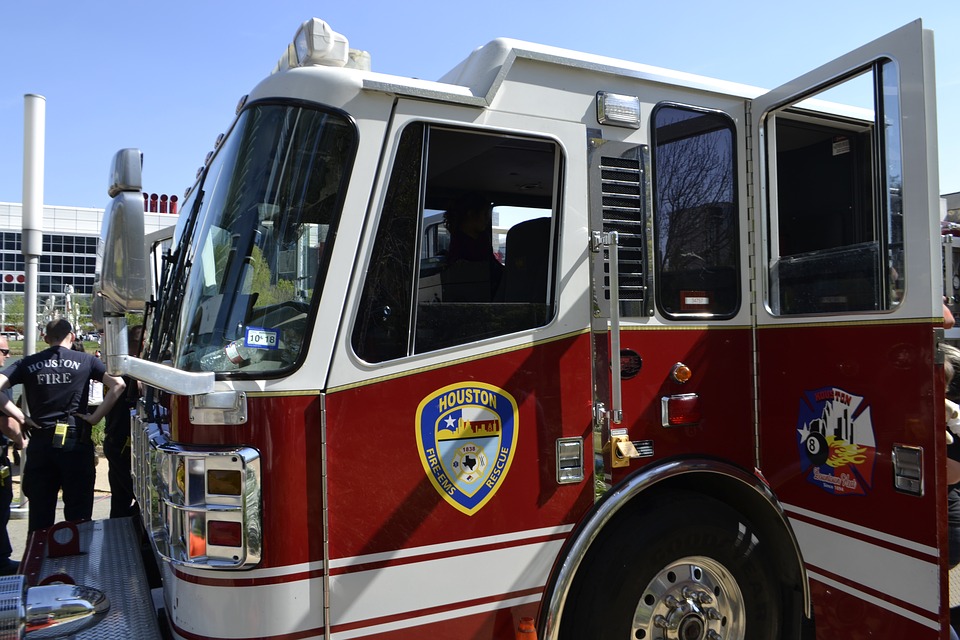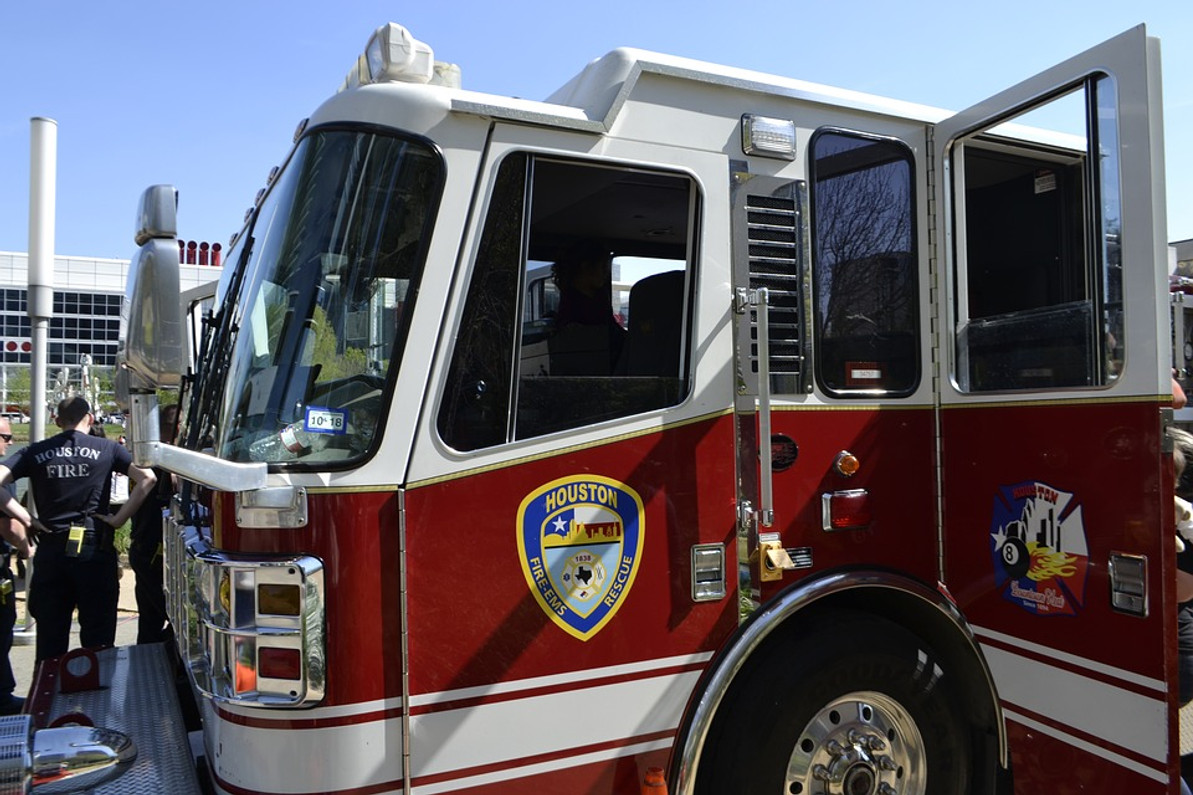The 3 Primary Types of Fire Detection Systems

Does your business operate indoors? Whether it's a small office or a large warehouse, you'll probably need to equip it with a fire detection system. According to the National Fire Protection Association (NFPA), structure fires cause billions of dollars in property damage each year in the United States. As a en employer, it's your responsibility to create a safe working environment for your business's employees. The good news is there are several fire detection systems that can help mitigate the risk of fires in your workplace, some of which include the following.
#1) Smoke Detectors
The most common type of fire detection system, smoke detectors live up to their namesake by detecting smoke. Smoke, of course, contains particulate matter. When a fire breaks out, this particulate matter rises into the smoke detector, thus triggering a loud alarm. Smoke detectors can be classified as either ionization or photoelectric. Ionization smoke detectors are able to detect small amounts of smoke, whereas photoelectric smoke detectors are faster and more sensitive to smoke.
#2) Heat Detectors
Heat detectors, on the other hand, are designed to trigger an audible alarm when exposed to direct heat. According to the Occupational Safety and Health Administration (OSHA), they are typically used in environments where thick smoke is produced. If the environmental temperature rises beyond the "normal" point, the heat detect will trigger, thus alerting the building's occupants of the fire. Heat detectors aren't as sensitive as smoke detectors, but they are robust and able to detect fires in thick and dense smoke.
#3) Flame Detectors
Finally, a flame detector is a type of fire detection system that triggers a siren or buzzer in response to light created by a fire. When a fire breaks out, it will produce certain types of light, such as infrared light, visible light and ultraviolet light. Flame detectors are designed to detect the light emitted by a fire. Flame detectors typically cost more than both smoke and heat detectors, but they are highly accurate and reliable, making them a popular choice among business owners.
Other Ways to Lower the Risk of a Fire
In addition to using the right fire detection system, there are other ways to lower the risk of fires in your workplace. If your businesses uses flammable liquids for any purpose, make sure they are stored in a safe area that's away from all flames and other sources of heat. Additionally, make sure all fire exits are free of obstruction. By taking these otherwise simple precautions, you'll create a safer workplace for your business's employees.
Recent Posts
-
Fire Safety in the Workplace: What You Need to Know
What steps are you taking to prevent fires in your workplace? According to the U.S. Occupational Saf …Aug 23rd 2023 -
Is It Safe to Go Jogging With a Cold Infection?
If you're suffering from a cold infection, you might be wondering whether it's safe to go jogging. T …Aug 22nd 2023 -
5 Safety Tips to Follow When Using a Powder-Actuated Tool
Powder-actuated tools are commonly used to join materials to steel and concrete. Also known as Hilti …Aug 20th 2023




